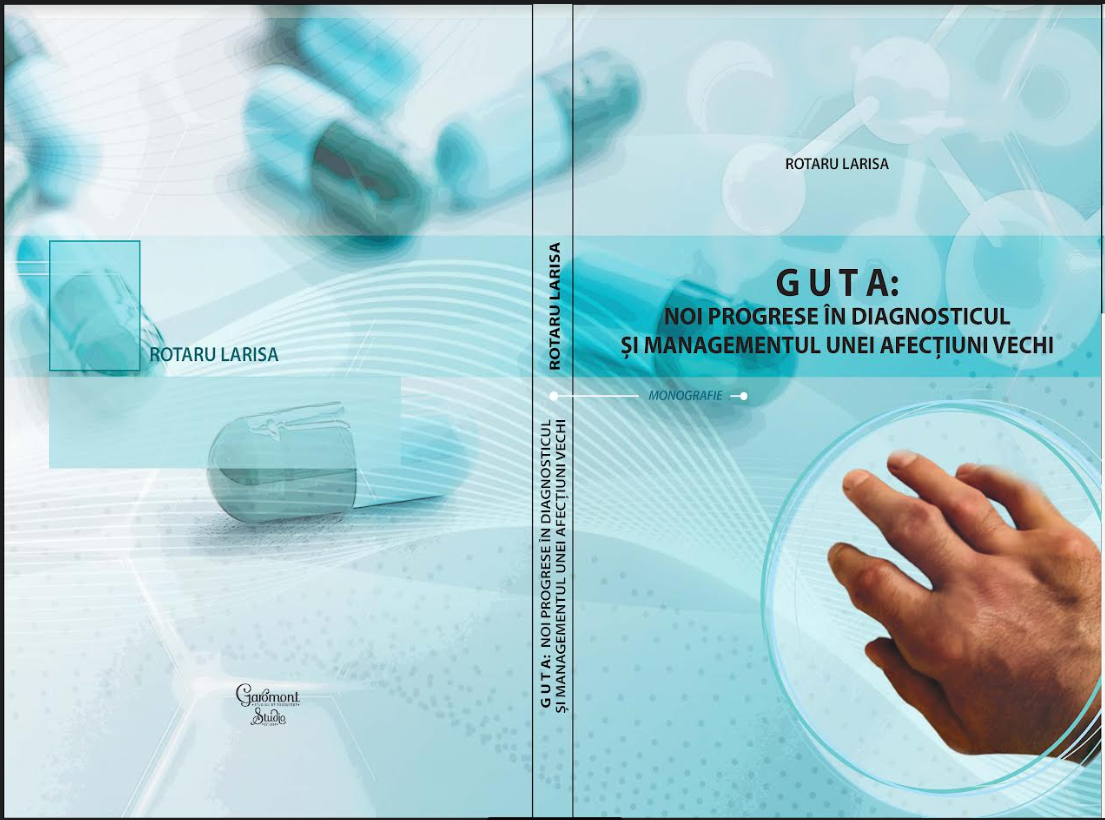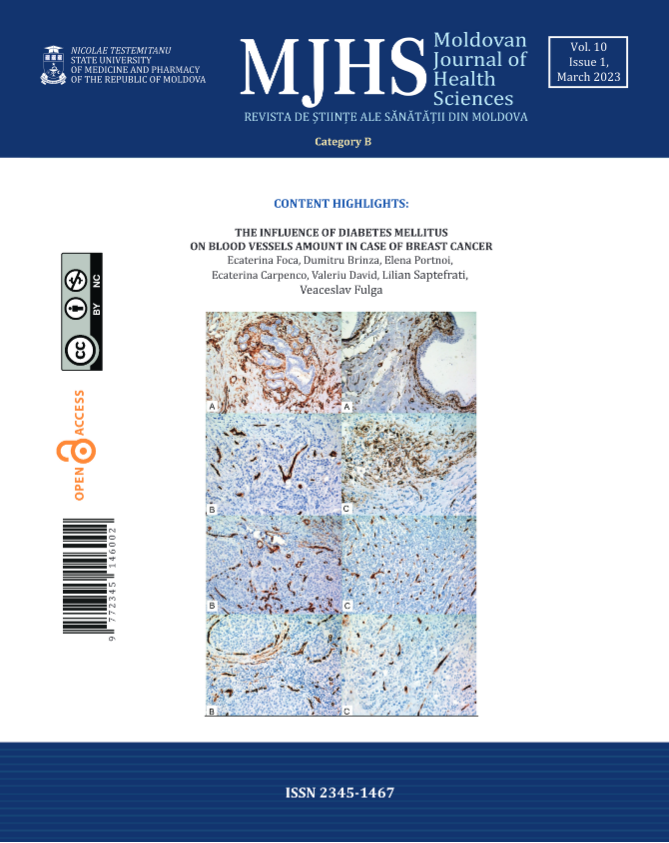Gout is a metabolic disorder characterized by the deposition of uric acid in the form of excess sodium urate in the blood in the joints, leading to repeated episodes of arthritis.
 Most commonly, the condition is monoarticular, with a preference for the joints of the lower limbs: metatarsophalangeal, tibiotarsal, and knee. Deposition also occurs in other systems and organs: renal, leading to uric lithiasis and uric nephropathy, and tegumentary, leading to the formation of gouty tophi.
Most commonly, the condition is monoarticular, with a preference for the joints of the lower limbs: metatarsophalangeal, tibiotarsal, and knee. Deposition also occurs in other systems and organs: renal, leading to uric lithiasis and uric nephropathy, and tegumentary, leading to the formation of gouty tophi.
Although it occurs more frequently in males (6:1 ratio), gout is also found in women, with a much-reduced incidence in the premenopausal period, but after the age of 65 it becomes more frequent and even causes the sex ratio to equalize after the age of 85. This distribution is largely due to estrogen hormones, the decrease in estrogen levels, as well as the development of degenerative joint damage explaining the higher frequency of gout in the post-menopausal period.
Genetic factors, alcohol consumption, diuretic treatment and kidney disease (especially chronic renal failure) are considered the main risk factors for gout, and the presence of metabolic syndrome (association of hyperglycemia or diabetes with obesity, dislipidemia and hypertension) is associated with a poor prognosis and a high mortality rate.
The topicality of the topic is conditioned by the increasing prevalence of gout everywhere. So far in many practical cases of gout treatment some signs and aspects have been detected, which imply that gout as a disease, is not characterized by a purely somatic nature, but also has a genetic aspect. Based on these considerations, early detection of patients with a genetic predisposition to gout is of considerable theoretical and practical interest.
Recently, the pathogenesis of gout has been described in more detail, new risk factors have been discovered, molecular mechanisms of renal urate transport, and mechanisms of crystal-induced joint inflammation have been studied. More and more often, gout has an atypical clinical picture, many cases of chronic evolution of the disease, oligo-, and polyarticular joint damage are observed, and therefore early diagnosis of the disease is difficult.
A major problem is comorbidity: hypertension, obesity, metabolic syndrome, type II diabetes, chronic kidney disease, osteoarthritis, psoriatic arthritis, which influence hyperuricemia. In NHANES research, the link between serum levels of AU and increased cardiovascular lethality was identified.
The monograph contains the introductory part and 12 chapters: definition, epidemiology, etiopathogenesis, genetic aspects, classification of gout, clinical picture, diagnosis of gout, management, prophylaxis, prognosis, conclusions, recommendations for diagnosis and treatment.
The materials and methods used will enable the study of changes in the general condition of patients with gout, the assessment of the degree of activity in patients with gout and the individual pharmacological correction of secondary changes detected in patients with gout.
In conclusion, I would like to emphasize that the monograph under the title "Gout: new advances in the diagnosis and management of an old disease" that the content of the monograph is argued in a complex way, which will allow to establish the main directions of conducting research and treatment of gout. The monograph meets all the conditions and requirements of a monograph, is current and useful for rheumatological practice, and is of interest primarily to students, residents, doctoral students, and medical practitioners.

